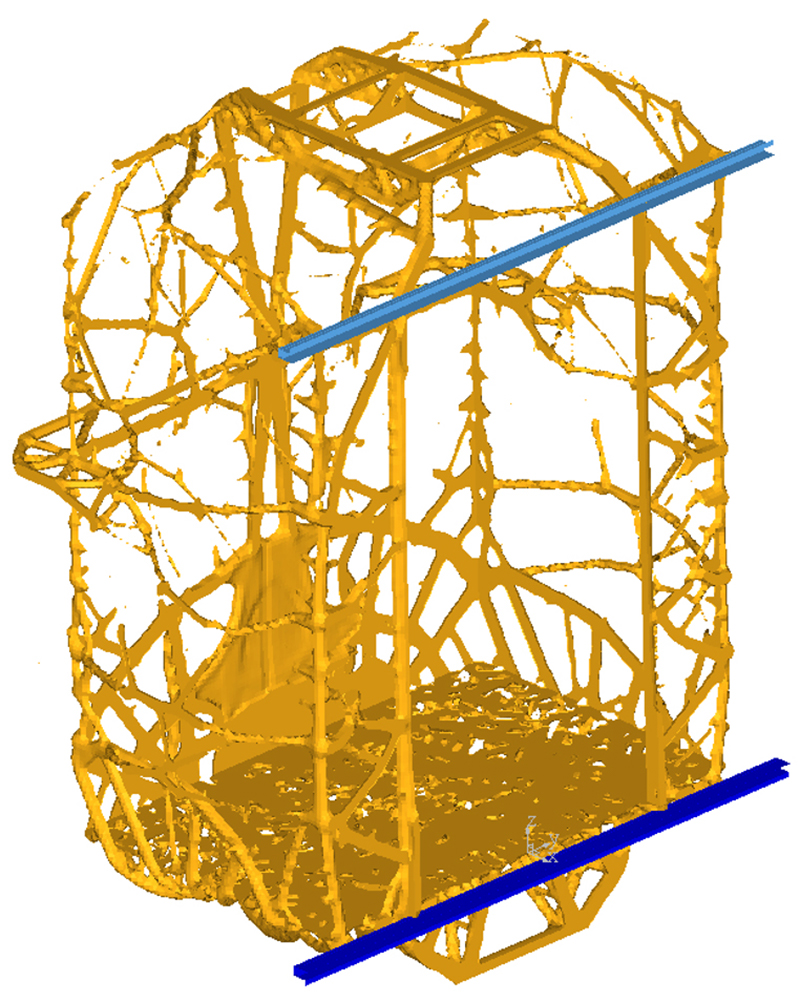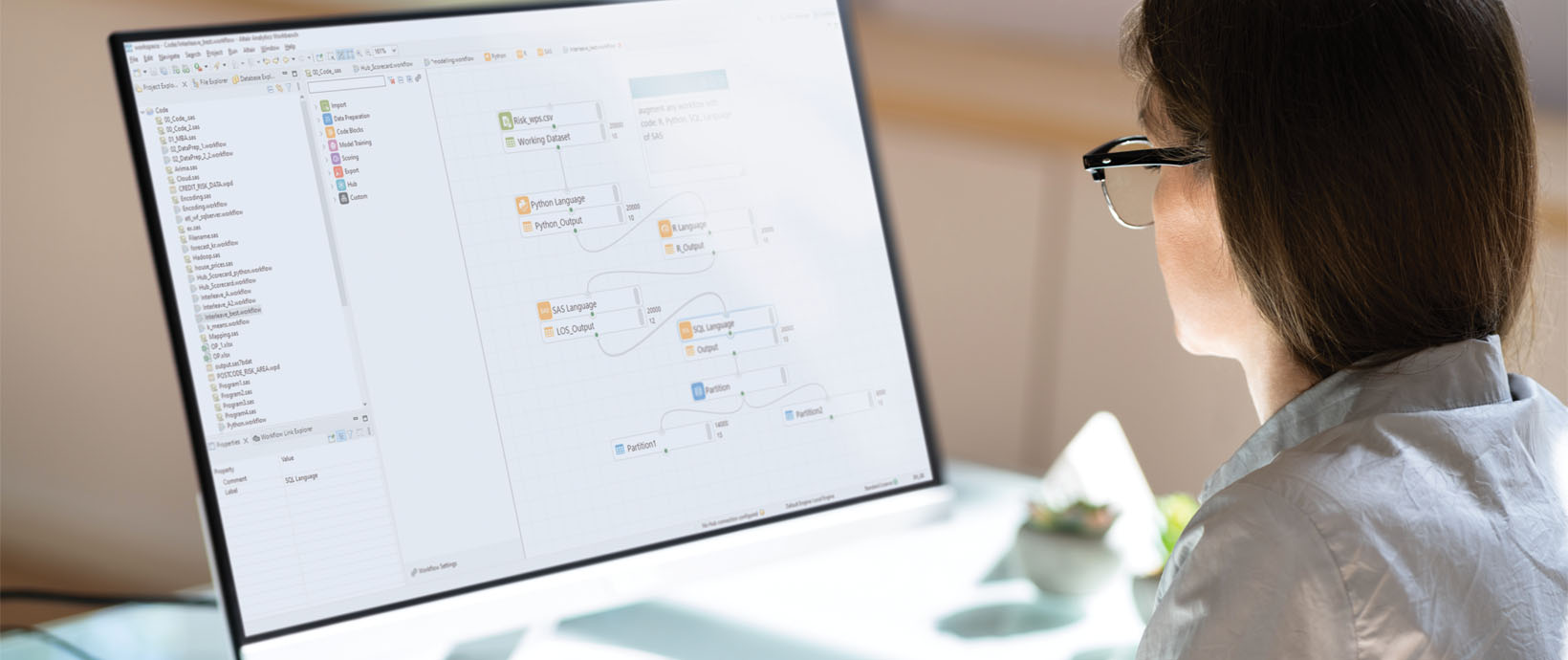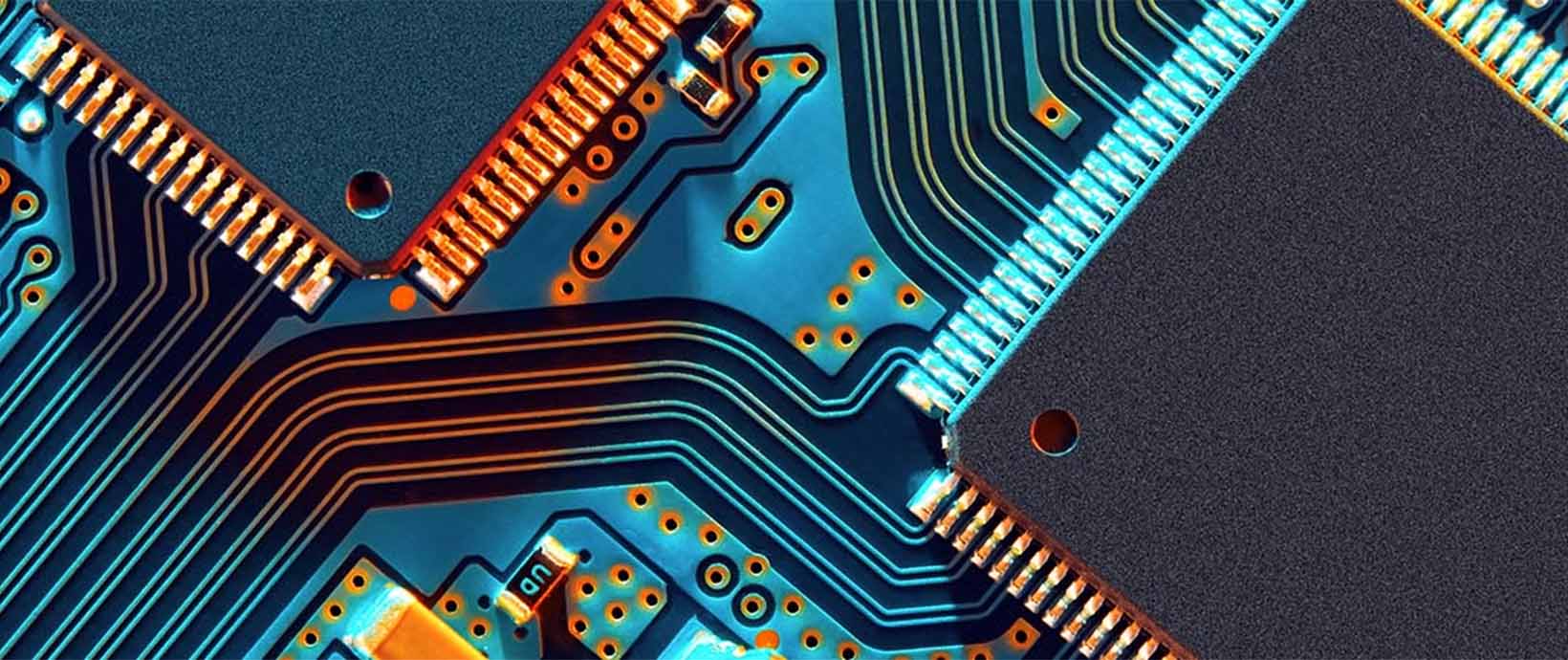Featured Client: ThyssenKrupp Elevator's MULTI - A Revolutionary Rope-less Elevator System
The following includes information based on a success story originally written by the Altair ProductDesign Team as well as a Press Release issued by Altair.
ThyssenKrupp, headquartered in Essen, Germany has launched its elevator system named MULTI. A live test, conducted from Rottweil, Germany today, at a test tower built to a (current) height of 244.10m revealed a full scale working prototype of the MULTI elevator.
As the world’s first rope-free elevator system, MULTI represents a technologically giant leap for the elevator industry. It does not require any roof mounted cables which enables it to travel with no limits in height like conventional elevators. Passengers therefore have no need to change elevators mid-journey. MULTI harnesses the power of linear motor technology, effectively moving multiple cars in a single shaft both horizontally and vertically, thus ending the need for elevators with ropes.
Altair is proud to have collaborated with Thyssenkrupp on this project.
With rapid urbanization and living space shrinking fast, cities are constantly expanding, buildings are growing skyward, faster. Greater mobility in taller buildings, and widening distances, with less wastage of space and time as people go about their lives, is becoming increasingly important to quality of life.
Conventional elevators are limited in the distance they can travel, requiring people to change cars to reach the higher floors on a skyscraper building. Recognizing the need for efficiency in this process, ThyssenKrupp Elevators wanted to develop an elevator which would allow them to move away from restrictive cable design and enable the elevators to move horizontally as well as vertically.
The new MULTI design concept presented its own challenges, chief among these being the fact that the system would not be able to carry as much weight as a traditional elevator. The new design had to be as lightweight as possible in order to maximize the loading capacity of the cabins.
Altair ProductDesign developed a multi-stage approach to redesign the supporting structure of the cabin to find a minimum mass solution that didn’t compromise on performance or safety. A topology optimization study was conducted using OptiStruct®, the design optimization solution within Altair’s HyperWorks suite.
New materials were explored to investigate the feasibility of using carbon fiber for the cabin’s walls. Altair ProductDesign developed an optimization study that would find not only the ideal thickness of the composite material, but also the ideal fiber ply shapes and lay-up orientation of each layer. These processes were applied to two concept designs created by ThyssenKrupp Elevator known as the ‘BackPack’ and the ‘SideGuide’, with the aim of providing insight into the best system to continue to develop.
The weight reduction project produced some impressive results. The concept optimization process on the BackPack structure, in combination with the sizing optimization of the sandwich panel walls, managed to produce a cabin that was 42% less than the target weight. If the walls were constructed from carbon fiber, it would be possible to go even further, down to 56% below target.

The SideGuide concept also saw weight savings, 16% lighter than target using traditional materials with the potential to go to 33% under target using carbon fiber. The weight savings gave ThyssenKrupp Elevator additional confidence in the electro-magnetic concept as a practical alternative to the cable system.
“Thanks to the weight saving achieved during this project, we have additional confidence in the electro-magnetic concept as a practical alternative to the traditional cable system,” said Dr. Thomas Kuczera, Head of Mechanical Development MULTI, Thyssenkrupp Elevator. “Altair ProductDesign was very responsive throughout the project and quickly understood our unique challenges. The new, organic looking design, would not have been possible without optimization studies conducted by the team.”
Read full success story here.See press release here.




